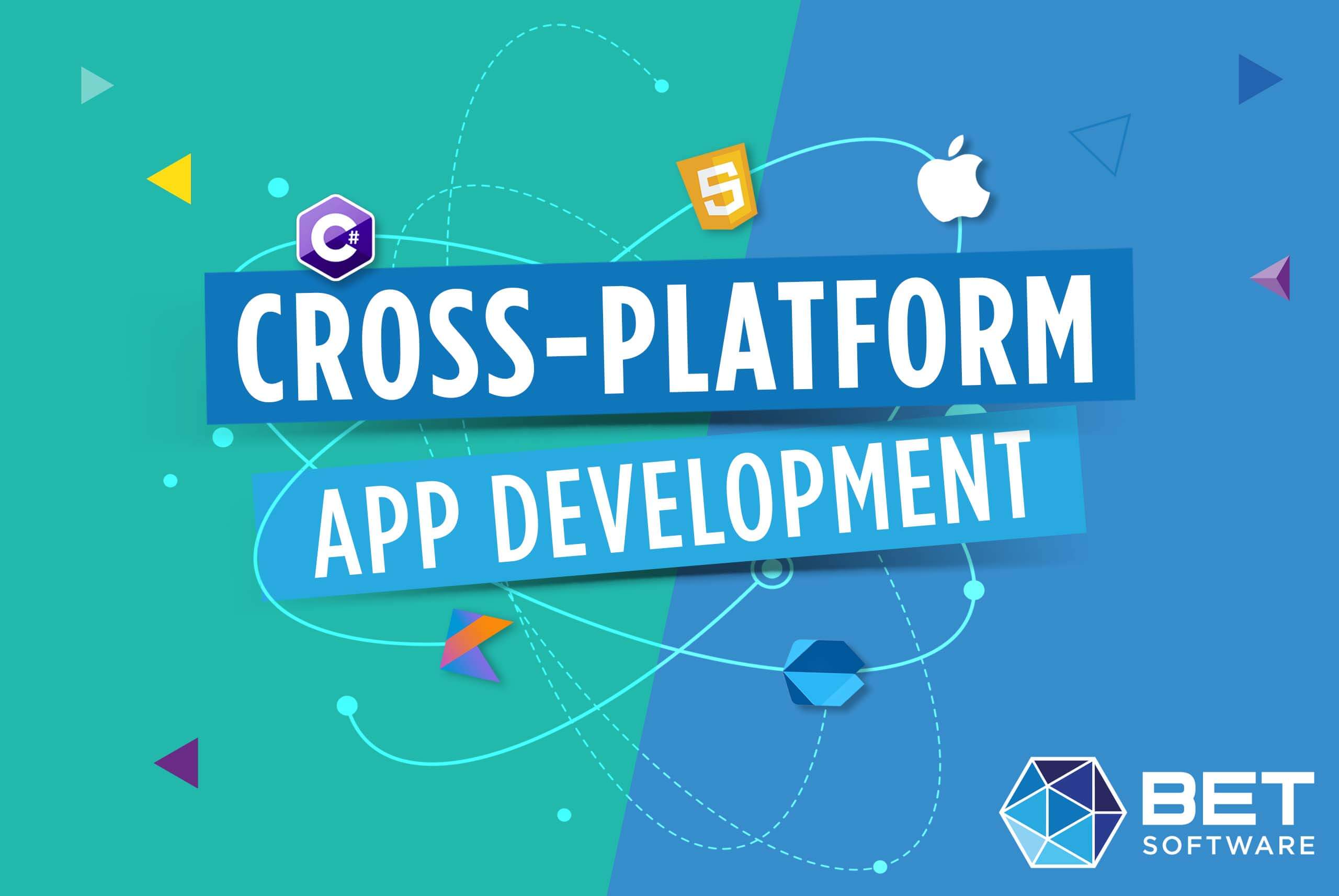There was a time when people were fascinated by mobile applications. During their rise, every company wanted one, highlighting how they were the latest and trendiest technology out there. Marketing and sales executives were conducting research and pulling out charts, estimating and claiming how mobile apps would increase engagement, sales, and overall brand awareness.
We are at a pivotal point where the mobile application market is so large, and smartphones are intrinsically tied with how users communicate, and employees do business.
We are in a digital era where everything is connected to the internet, and vice versa. And mobile application development is one of those industries where everyone wants a piece of the pie. Things are now available at the tap of a finger.
Many companies build mobile applications and many individuals have grasped the skills and knowledge to code mobile applications from scratch. While some industry experts consider the mobile application development market saturated, the need for app developers and engineers is continuously on the rise.
Since the pandemic, there has been a transition from people working at the office, to people working from home. It has put a lot of pressure on companies to adapt to using technology more actively and proficiently – and this in turn has put a strain on the ICT industry. It is no secret that mobile apps are now an essential part of a business, as well as everyday life.
As individuals, we use different devices with different operating systems. Developing native mobile applications has become a daunting task for organizations, using many resources internally and externally.
By the same token, most organizations cannot afford the cost of managing separate programming teams for each major platform. Cross-platform development has become essential for companies that want to overcome this challenge.
In computing, cross-platform software (also called multi-platform software, platform-agnostic software, or platform-independent software) is computer software that is designed to work on several computing platforms.
Using one of the available cross-platform mobile development frameworks makes sense. Targeting multiple platforms from a single codebase provides significant benefits to organizations. However, mobile applications built in a cross-platform fashion just don’t provide the same horsepower as native development.
But, as much as the cons may be highlighted, being able to run an app on a smartphone, tablet or desktop computer adds to the overall user experience journey.
When choosing a cross-platform mobile application development, companies or individuals need to evaluate their skill set. Each framework has its coding language.
Although we won’t be going into detail about the various cross-platform programming languages, we will be highlighting the languages that are most common when developing cross-platform applications.
Java
Java is a popular, robust, and effective programming language. Moreover, it is a primary language in the backend to create powerful servers. Its benefits app developers and beginners as it is easy to learn. Java is not only limited to Android apps, but it also creates a full-stack backend.
JavaScript
JavaScript is a world-class programming language. Consequently, the emergence of frameworks like jQuery, Angular, Vue, Svelte, and React.js makes it even more popular. It is also known as the cockroach in the IT sector. Moreover, it targets mobile platforms instead of the browser to make the user border.
Kotlin
Kotlin is a new and innovative cross-platform app development language. It is also built to interoperate completely with Java. Moreover, Google calls it “the preferred language for Android app developers.” It also provides an upright syntax and a simple code which makes it diverse and versatile. Hence, it allows app developers to prioritise expressing and developing ideas and write less code.
Dart
Dart is a popular open-source and general-purpose cross-platform app development language built by Google in 2011. Additionally, Dart helps write easy code snippets and builds fully functional applications. It also provides solutions for the development of desktop apps, web apps, etc. Furthermore, it uses ‘C’ style syntax and can, under some conditions, compile with JavaScript.
Objective-C
Objective-C is a pivotal cross-platform app development language. Moreover, Apple works with the language to make apps that are scalable and healthy. It is also an intelligent and powerful language that provides solutions for macOS applications and operating systems.
Swift
Swift is a cross-platform app development language for iOS. It also retains its monopoly in the iOS app development business. Moreover, it is more efficient. It is not open-source and easily accessible for developers. Above all, it is an intuitive and robust language for macOS, iOS, watchOS, etc. It also includes modern features with a concise and interactive syntax.
C#
C# aka ‘C-Sharp’ is an object-oriented language that provides solutions for mobile development. Moreover, it allows users to achieve complete solutions without depending on Swift, Java, and Objective-C.
Most importantly, it allows developers to easily code and develop mobile apps, desktop apps, games, and web apps. Hence, C# is a dynamic cross-platform app development language for developers.
With the way technology is going and growing, cross-platform development is the obvious route if you’re looking for code reusability, budget savings, easy maintenance, and quick deployment as opposed to native development. Choosing a cross-platform mobile app development service will not do any good unless you choose the right tool.

Lwazi Sibisi
Digital Marketing Specialist at BET Software






